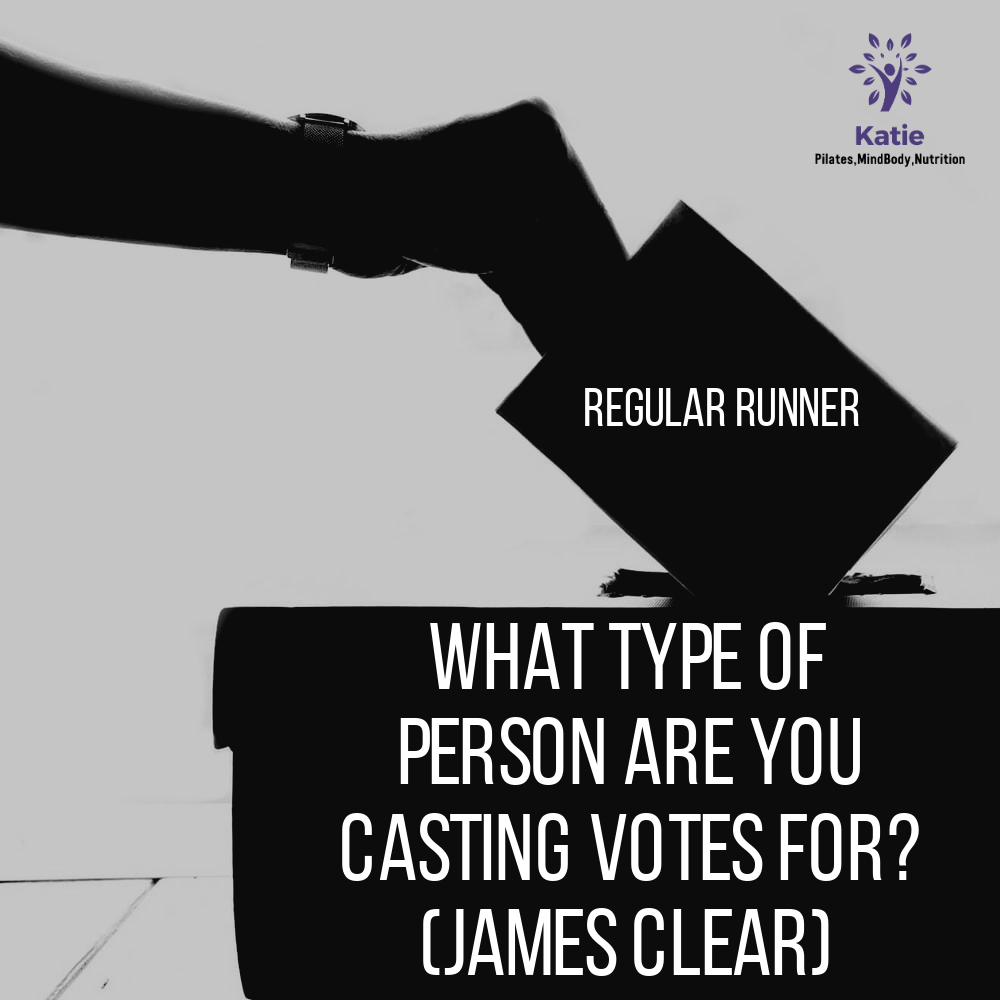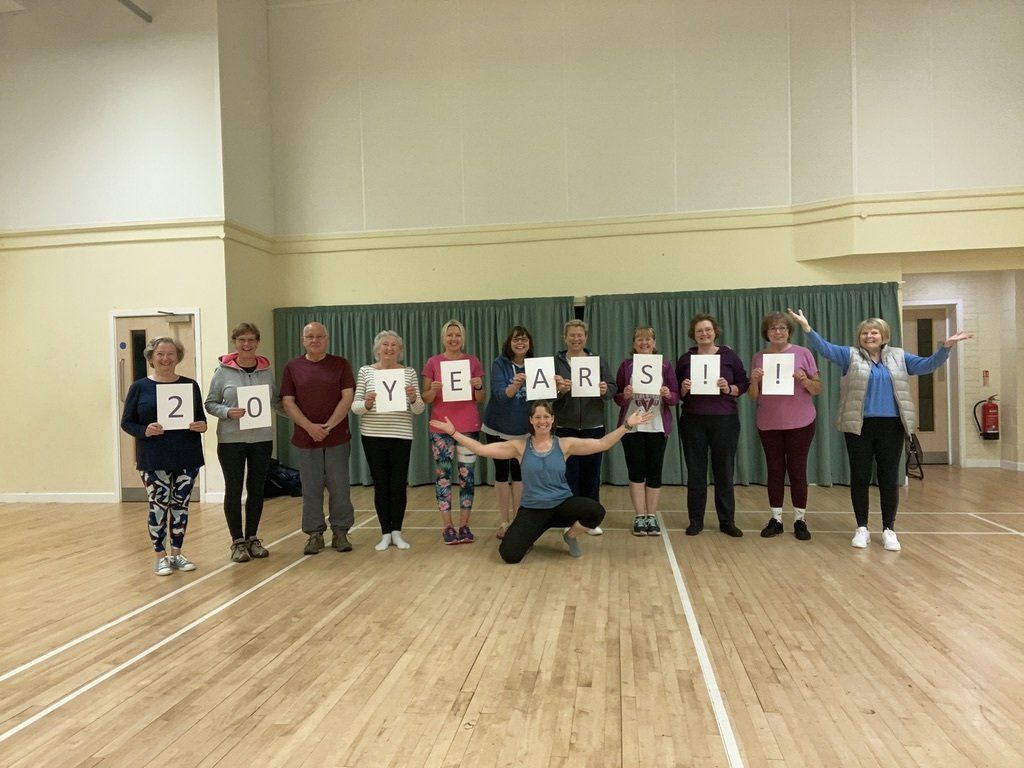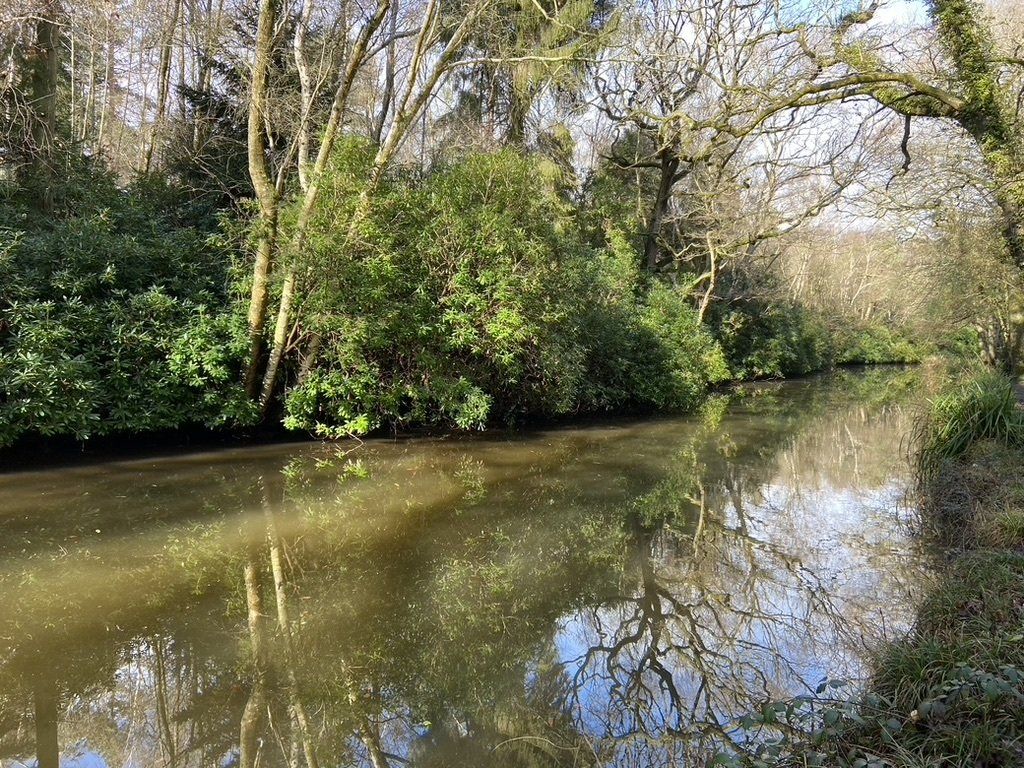Creating a new habit you can stick to!
20/1/23
Did you set any New Year’s resolutions? Having struggled to stick to mine in the past, often resulting in me feeling a sense of failure and guilt, leading to an excess consumption of the very thing I'd tried to give up, I now prefer to use the science of behaviour change to inform my habits. If you’re new to this area I can highly recommend two books Atomic habits by James clear and Tiny habits by BJ Fogg
Here's a couple of ways that I’ve used this science to help me create new habits, whenever the time was right for me, rather than because of societal pressure on 1st January! I hope you find this useful when trying to create yours, though this is neither instruction nor advice, but I hope is a source of inspiration and information - no liability accepted.
Start small – to me, this is most important because it helps me create a sense of success. This generates a positive feedback loop, leading to more repetition of the habit, more success, and more positivity. Over time, the behaviour often grows into something larger, but not until I establish the new habit into my daily routine. An example could be taking five slow breaths, progressing to a minute of breathwork and eventually a 20-minute meditation, but even on a bad day, I can still achieve the basic five breaths and feel successful.
Habit stacking - involves 'hooking' your new habit onto an existing one, to act as your trigger. Most behaviours occur because of a trigger, so if I decide I want to do a new habit while waiting for the kettle to boil, I'll use turning the kettle on as my cue to immediately do the new habit, such as my five slow deep breaths. We tend to have lots more daily habits around the beginning or the end of the day, and so I find it easier to create new habits at either end of the day.
I love the concept in James Clear's book (Atomic habits) regarding changing our identity, which can really help me stick with a new habit. He says that 'every action you take is a vote for the type of person you wish to become'. An example of this is, I'm the type of person who looks after their mental health, therefore I do my breathing practice every day. Thus, each day I'm casting a vote for becoming the type of person who works on their mental fitness whilst also building up my evidence to support that new identity.
I also love his concept that habits grow like compound interest over time. He says that if we just do a habit once, the impact is pretty small, but if we create a sustainable habit that we do every single day, the benefits of that habit grow over time, much like interest compounding in a bank account. An example could be a desire to build more muscle by doing strength training. After just one session the change would be minimal, but with regular training over the course of perhaps a year, the changes could be quite remarkable.
I also notice a ripple effect of habit change, whereby changing one behaviour tends to have multiple positive benefits across various aspects of my health and well-being. The positive feelings generated by that one change over time, often leads to an increased motivation to make other small positive changes. The example of deep breathing is a great one, because not only does it give me a moment of mindfulness, which may have been my initial motivation, but it also helps to calm my nervous system, improve my mental focus, energy levels, and my sleep. This might then motivate me to further improve my sleep by making a change to my sleep routine, or my caffeine intake, enhancing the benefits of improved sleep even more, and so the ripples continue to expand.
It’s very common for New Year’s resolutions to break down sooner than we hoped, because many of us don’t start with the right mindset or the right tools. I hope this article helps in your future goal setting, and that when you intend to make a new change, you start tiny and stack your habits and therefore get more success. I'd love to hear your habit change stories if this article has helped you to create and stick to a new habit.
If you're becoming the type of person who looks after their physical and mental health, join my next Breathwork workshop, or a gentle weekly Pilates class, you can email me to enquire and book in at katie@katietarling.com and see full details using the menu tabs above.
Click the button below to subscribe to my monthly email newsletters and claim your first Pilates Class for FREE!

22/9/22
As I celebrate 20 years since my first Pilates class in Hook I’ve chosen to reflect on my journey into Pilates in this blog.
As a five-year-old I was desperate to join my local gymnastics club and tried and failed several times to pass their entry tests. Finally, I was chosen to join the club after being picked out from my school PE lesson – I think I did a fantastic headstand or something! That lead onto a 10-year career as a gymnast during which time I competed in national level competitions.
When I wasn’t at the gym training and practising, I would be at home in my living room or my garden, spending most of my spare time upside down! I’ve always loved being active and moving my body, and when a minor sports injury required Physiotherapy treatment, I discovered what I wanted to do next!
During my time working as an NHS physiotherapist, some of the highlights came when I was working in women’s health. This may be in part due to meeting lots of tiny new-born babies! But was also due to the joy of helping women to improve their health and occasionally delay, or even remove the need for, surgery by teaching them relatively simple exercises.
Another area of my work in the hospital that brought me great joy was working with the older adult population in a falls prevention group. These groups were fun and had great camaraderie, as well as the feeling of joy from the community spirit of people coming together for a common goal and I loved the opportunity to meet some fantastic people.
When I left the NHS and started a family, Pilates seemed the obvious path to take. It was an easy transition as I already had much of the knowledge and plenty of class teaching experience. The past 2 years have been more challenging, as I navigated the digital world of websites, social media, marketing, and video teaching!
So perhaps it's no surprise then, that after 20 years of teaching Pilates in Hook, my two main areas of interest have remained the same, and I’m enjoying specialising in, and learning more about, exercise for women’s health and for the older adult population.
I love planning classes with the aim of improving the daily lives of my participants: through activities to encourage functional skills; stability, and flexibility; as well as balance, posture, and relaxation; with an overarching sense of mindfulness and self-care.
Although I have a keen interest in these two areas, I welcome adult beginners of all ages.
The best way to find out how you might benefit from Pilates, is to come and experience it for yourself. If you have any questions, send me an email and we can schedule a phone call or book your place in a regular weekly Pilates class at Hook Community Centre


Balancing the blood sugar
- Swapped white refined foods for the wholegrain versions where possible, such as wholemeal or wholegrain bread, pasta, spaghetti and rice.
- Reduced my intake of sweet coffees.
- Increased the quantity and variety of vegetables on my plate which are: less likely to spike my blood sugar levels; & also help me to feel more full-up.
- Reduced my consumption of ready meals, in favour of 'cooking from scratch'.
- Take regular moderate exercise e.g., tennis, cycling, walking & Pilates
- Being reflective and noticing how I feel after eating certain foods
- Movement - Moderate exercise could promote sugar uptake from the blood stream into the muscles and it might also improve insulin sensitivity
- Gut health - The science suggests that diets higher in sugar can lead to an imbalance of bacteria in the gut, potentially reducing the health-giving effects provided by the beneficial gut microbes
- Stress - Dips in blood-sugar could act as a stressor on the body. Additionally, being in a state of chronic stress may negatively affect blood-sugar balance - I'll be writing about stress in an upcoming article.